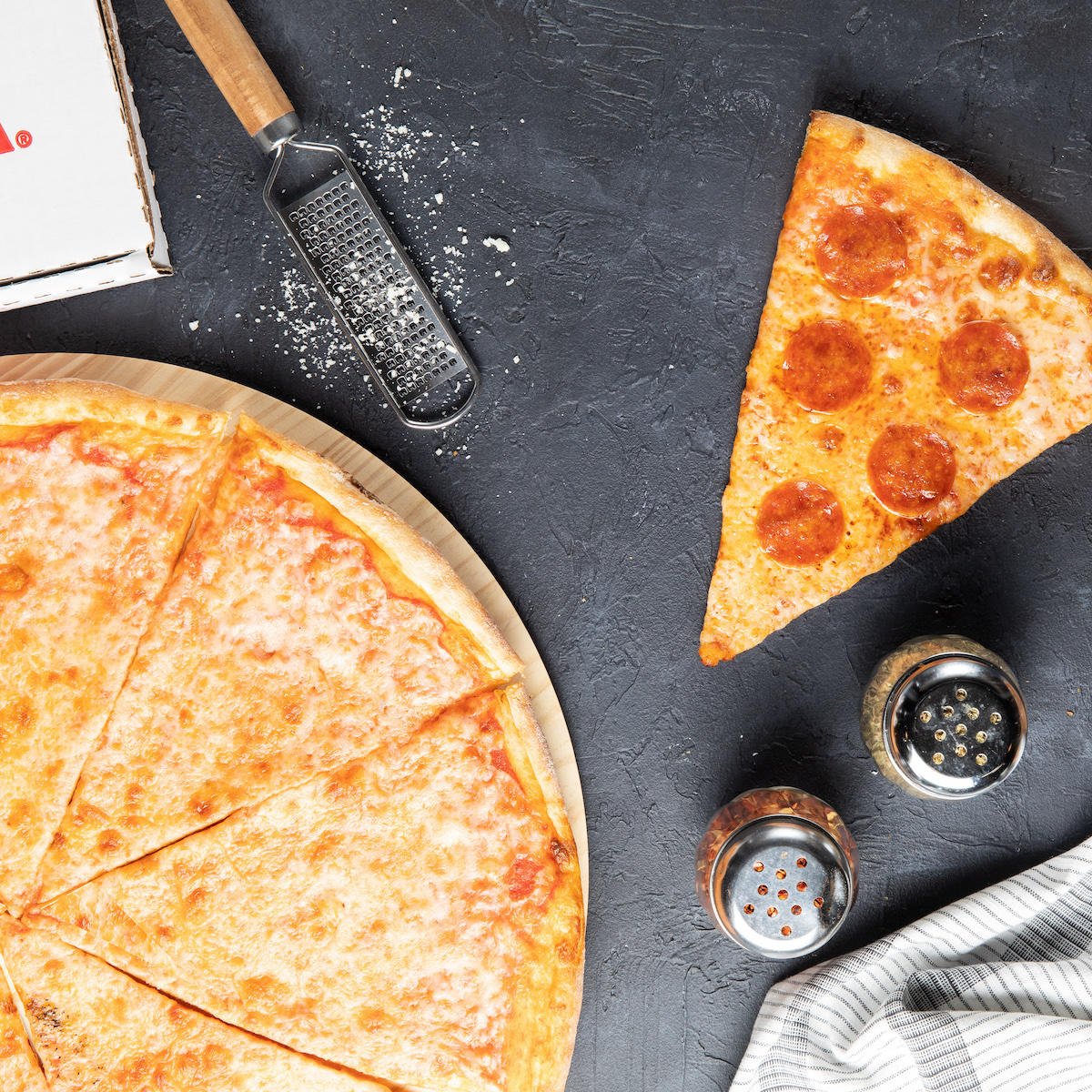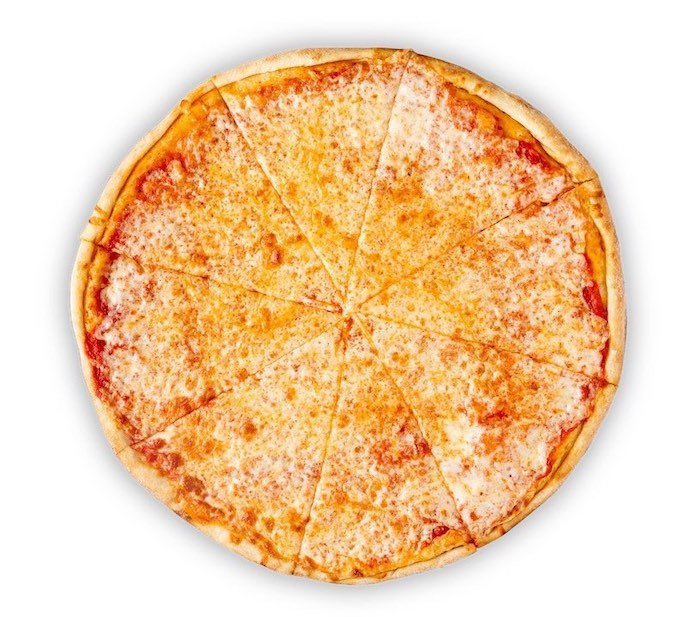If you have not visited NYC and had it yourself then you have seen it in countless movies and TV shows. That oversized, thin & foldable slice of pizza perfection that the protagonist eats while on the go in the mean streets of New York. But besides the appearance in pop culture what makes a NY style pizza as iconic as it is? Let’s take a closer look at the pizza that has stayed (relatively) the same through thick and thin (crust – here I go again!).
What is it about NY style pizza?
How do you make NY Pizza?
It’s in the way that you make it - There are technical specifications that need to be followed on a NY pie and that’s no joke! Type of flour (high gluten), hydration percentage, pizza sauce technique & the use of shredded full milk Mozzarella are just to mention a few. Pizza-heads all over the world swear that there is something in the NY water that makes the pizza good, is it true? There has been no definite research with verified results on this, but you can’t deny that water is about 60% of a pizza dough recipe. More than half of the dough’s weight is water, so the quality, taste, and other characteristics of it should affect the flavor. To what extent, it remains to be seen and scientifically proven…
NY style pizza needs to be hand tossed thin and in a large round shape (usually anywhere between 18”-25” – creating the iconic jumbo-sized slices that we see in window displays across the city). The sauce is made with uncooked crushed tomatoes, blended with Italian herbs & spices as well as Parmesan and/or Pecorino Romano. The mozzarella is full fat and shredded. It is not very common to use freshly made Mozzarella in NY style pizza but a few pizza joints especially in Brooklyn (where Italian immigrants populated and turned into a cheese making borough) use it and an extra topping, in addition to the shredded cheese. (See Sal’s Brooklyn Pizza)
How do you cook NY Pizza?
When was New York Pizza Invented?
It’s in the way that you cook it - Pizza lore says that the tradition of pizza in New York started at a legendary Italian restaurant called Lombardi’s. They opened shop in the beginning of the 20th century using coal-fired masonry oven that were initially designed from bread baking. The use of coal oven (instead of the traditional Neapolitan wood fueled ovens) came out of necessity and entrepreneurial ingenuity. Coal is still able to reach temperatures as hot as wood (800 degrees F - 1,000 degrees F) but takes half the space is burns with more efficiency, thus making it a cheaper fuel for the pizza ovens. These pies would be a bit thicker that their modern counter parts and because they are cooked hot and fast that the way they should be consumed as well!
Fast forward to a couple of decades later and Frank Mastro’s tech innovation in the restaurant equipment industry birthed the first gas fueled brick oven, that is now the staple cooking equipment for all NY pizzerias. Coincidentally that innovation became the catalyst that changed the pizza game forever. Gas brick ovens have a lower max temperature. They go up to 500 degrees F - 550 degrees F. This leads to longer bake times in the oven and that removes a lot of the moisture from the dough and sauce. This process gives slices of pizza a longer shelf life and they can now be reheated without compromising quality. All these conditions ushered the era of the “Slice Joint”.
It’s in the way that you eat it - Pizza lore says that in the early 40’s NY pizzerias started selling half or quarter pizzas to customers who had “cash flow issues”. Even though there is no definite proof, most pizza historians have agreed that probably the first place to do this was Nunzio’s in Staten Island.
So, it seems that a big part of enjoying a NY style pizza is to grab a slice while on the go. The architecture of the slice evolves over the next few decades and becomes purposeful and accommodating to that specific use. The thin crust oversized slice is easy to eat and digest (thin crust and light amounts of sauce and cheese play their part), it can fold in half allowing it to be eaten one-handed, and the fold makes controlling the flow of oil running of the slice in any direction easy. That full fat shredded Mozzarella makes for a super tasty albeit greasy pie, but with that fat comes a lot of flavor! Unfortunately, in the 90’s cheap cheese and canned pizza sauce gave birth to the $1 slice and the rise of low quality, cheap pizza. This wave of mediocrity and over-saturation is seeing a correction in the past decades with chefs becoming creative in their ingredients and approach this pizza style with a more artisanal touch.
Besides the traditional toppings and ingredients, there are also staple pizza condiments that patrons use to garnish their slices. Typically those would be Parmesan, Chili Flakes, Oregano or Garlic Powder. Lately more gourmet and interesting finishes are showing up on various pizzerias ranging from Truffle Oil to Spicy Honey.
Fun facts about NY Pizza and the Anatomy of a Slice of NY Style Pizza at Sal’s:
Top Layer: Mix of shredded full fat and skim fat Mozzarella
Middle Layer: Pizza sauce made from uncooked San Marzano style tomatoes, with Pecorino Romano & Italian herbs
Bottom Layer: Thin crust that is crispy when fresh, with distinct brown color because of the low temp oven


